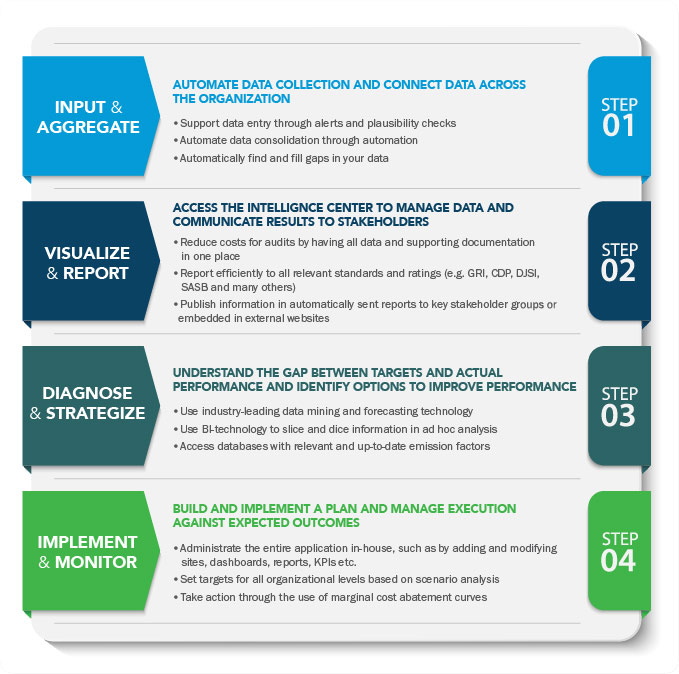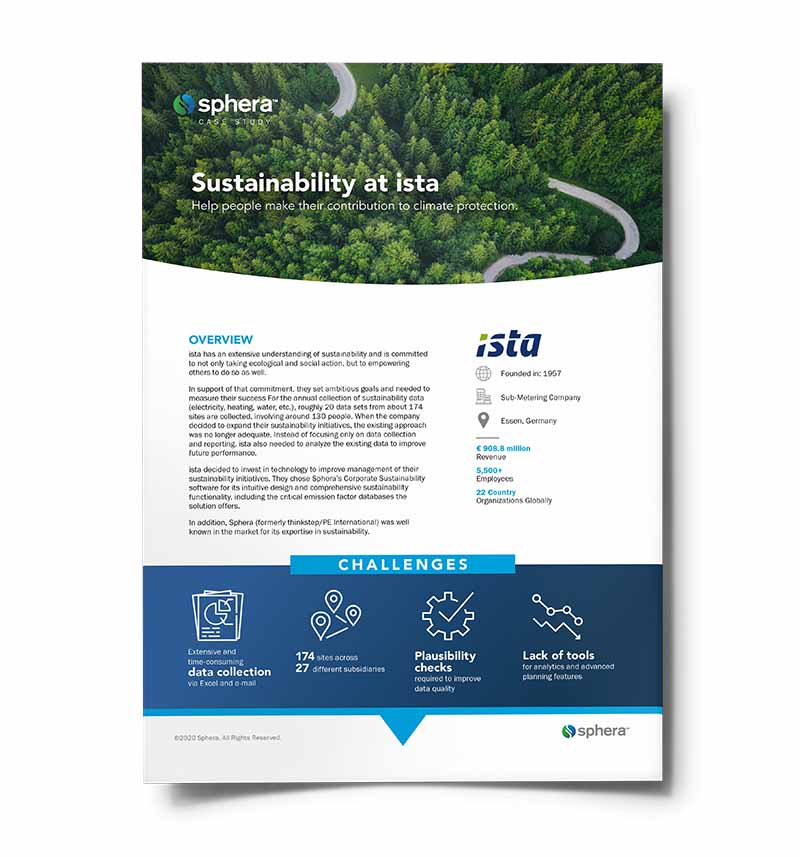As geopolitical issues converge on the world stage, businesses are weathering some of the greatest disruption in living memory. And more change is coming: Companies around the world will soon be required to report their climate impact with the same rigor as their financial performance.
A flurry of new regulations aim to bring clarity to the Environmental, Social and Governance (ESG) reporting landscape, from Europe’s Corporate Sustainability Reporting Directive (CSRD) to the United States Securities and Exchange Commission’s (SEC) proposed rule to formalize climate disclosures. These developments follow similar regulations in the United Kingdom, Japan, and New Zealand. (See slider for more detail.)
The era of climate transparency is here—but many businesses have much work to do to satisfy new compliance standards. While climate change is a top ESG issue for institutional investors, a recent Deloitte survey shows that companies still face significant challenges when it comes to satisfying rapidly evolving ESG disclosure requirements. While companies in the survey are working to improve their sustainability reporting capabilities, additional investment will be needed to satisfy stakeholders’ ESG transparency needs in areas including data quality, reporting consistency, technology, and governance, to name just a few.
The good news is that doing the right thing by our planet is also good for business. Sustainability reporting helps companies better understand their performance, spot and manage emerging risks, set and achieve ESG goals, and attract institutional investors. This means companies that disclose sustainability data are not only doing their part to fight the climate crisis, but they’re also benefiting from cost reductions and business growth.
And unlike many of the other challenges businesses face today, there’s still time to prepare. Whether your company is just beginning its sustainability journey or looking to strengthen its approach, now is the time to prioritize climate transparency. Here’s how to get started:
Step 1: Choose Your Carbon Accounting Solution
The days of spreadsheets and siloed tracking are over. Companies need a transparent, auditable trail of climate-related data to ensure accuracy, consistency and relevance of reports. And while many organizations have started to strengthen sustainability reporting, there’s still a significant gap between current capabilities and the ESG transparency needs of stakeholders, according to a recent ESG executive survey from Deloitte. Most respondents (92%) said their company needs to invest in more robust tools to support accurate measurement and reporting. Fewer than one in three respondents indicated their company is prepared to disclose Scope 3 (value chain) emissions. This is where carbon accounting software adds value.
A best-in-class carbon emissions management solution will help your company standardize the measurement of emissions and other climate impacts—including Scope 3 emissions—as well as benchmark results, ensure audit-ready data quality, establish resilient processes, and scale across large, complex enterprises.
Tip: Look for best-in-class carbon emissions management software that standardizes and automates data collection and reporting activities year over year. Find out how lighting company Lumileds chose a corporate sustainability solution.
Step 2: Start Collecting Available Sustainability Data
Start early. Collect the sustainability data available today—even this will take some time! Then practice building out a sustainability report, evaluate it and adapt any processes as needed. That way your company’s first audited and rated ESG report isn’t a trial run. Use this checklist to see if your organization is ready to report.
Step 3: Don’t Reinvent the Wheel
Calculating your company’s carbon emissions baseline can get complex fast, but there’s no need to start from scratch. To simplify the process, look to industry peers and carbon accounting software for best practices and advanced features. For example, Sphera’s Corporate Sustainability Solution comes with integrated emission factors from external sources to help clients ensure calculations are accurate. More than 70% of customers are using this functionality to improve the quality of their sustainability data.
Learn how ista International implemented COMPLIANCE AND CONTROL to further improve data quality while reducing revision and reporting time
Step 4: Monitor Sustainability Performance Over Time
Once your company has started to collect and manage emissions data to establish an auditable GHG emissions baseline, the system automatically monitors your trends over time. Carbon accounting software helps your organization to gain insight into emissions data for Scopes 1, 2 and 3, identify hotspots, track reduction actions, and improve sustainability performance.
Tip: Optimize and accelerate decision-making with TARGETS AND ACTIONS. We see a steady increase in the use of this module by our Sphera customers with an increase of tracked actions by 200% in the past three years
Ready to Get Started?
Take the first step today! Learn more about Sphera’s award-winning Corporate Sustainability Software, read the latest Verdantix Green Quadrant report and watch our on-demand webinar, “How software, expertise and data accelerate your net zero approach.”
For more information about how you can navigate your sustainability journey in today’s rapidly changing regulatory environment, get in touch with one of our experts.



